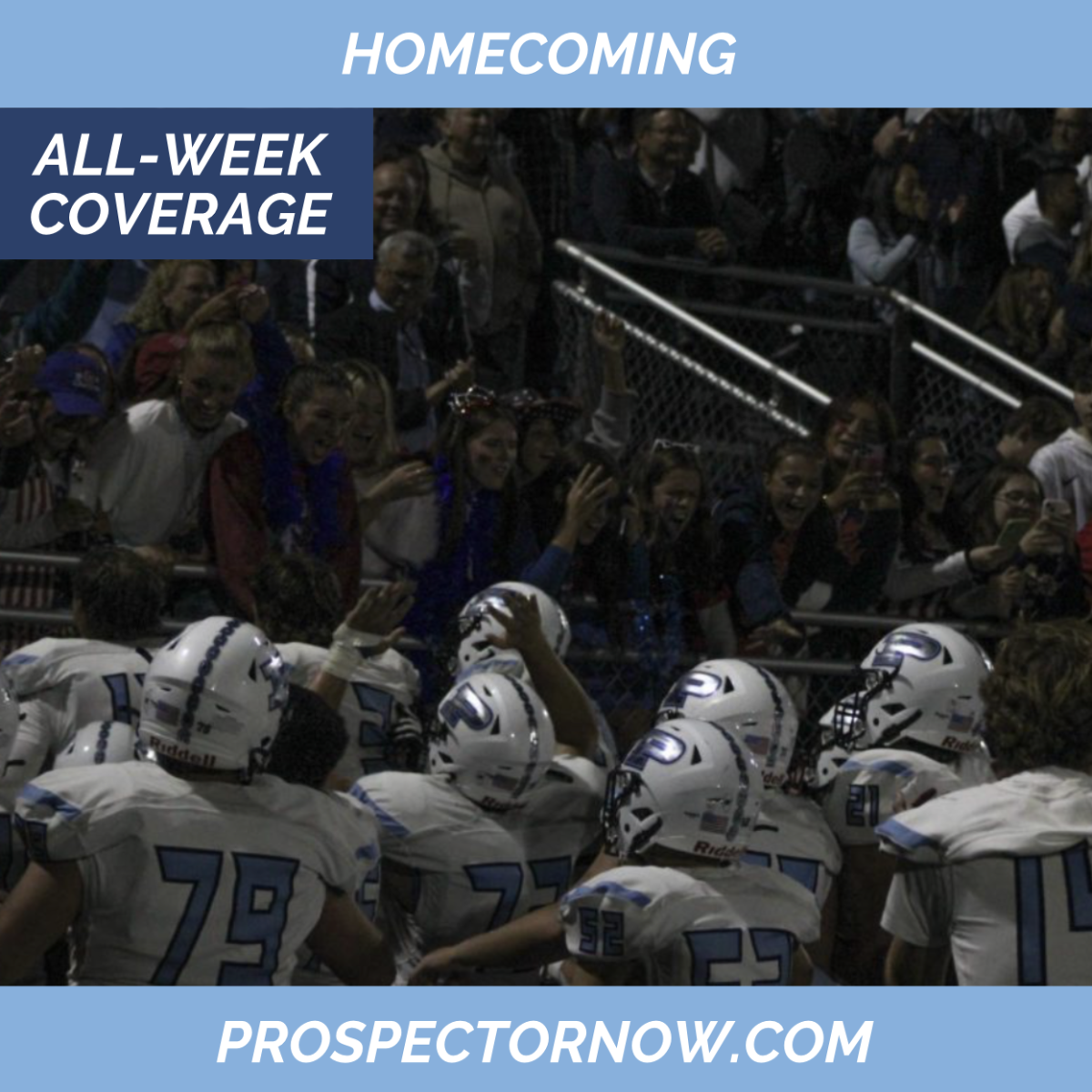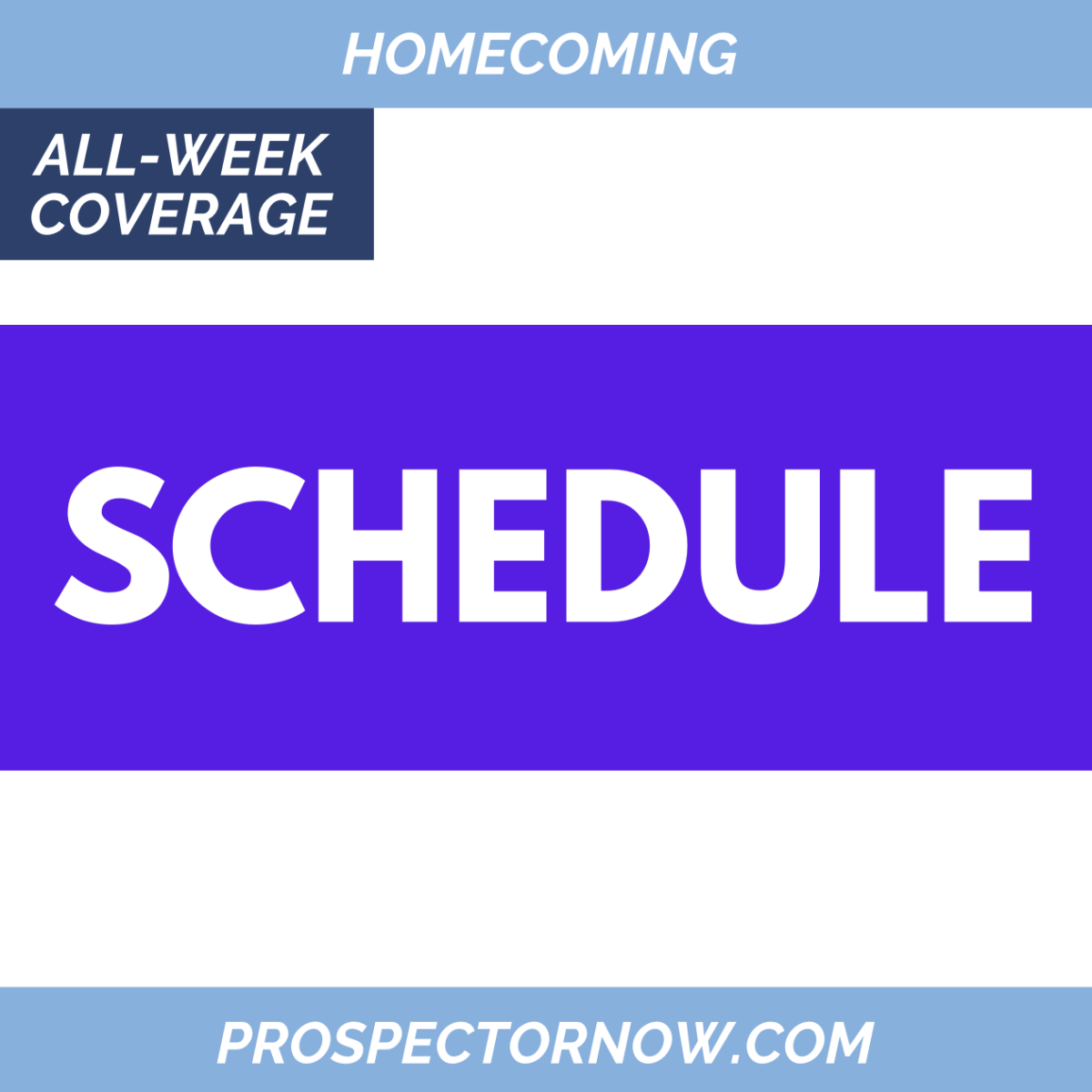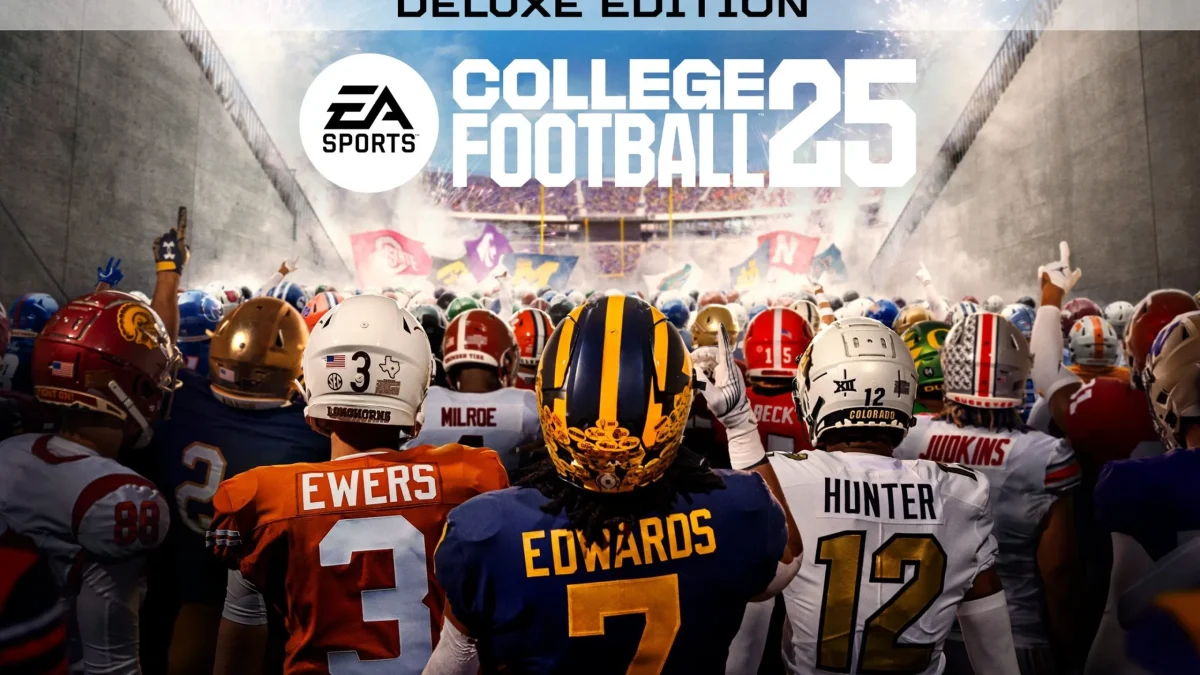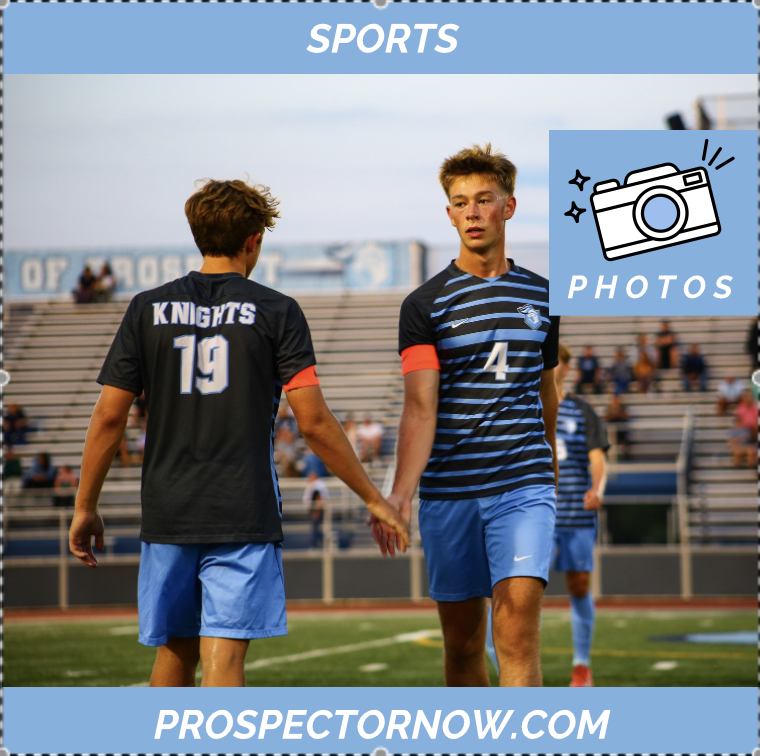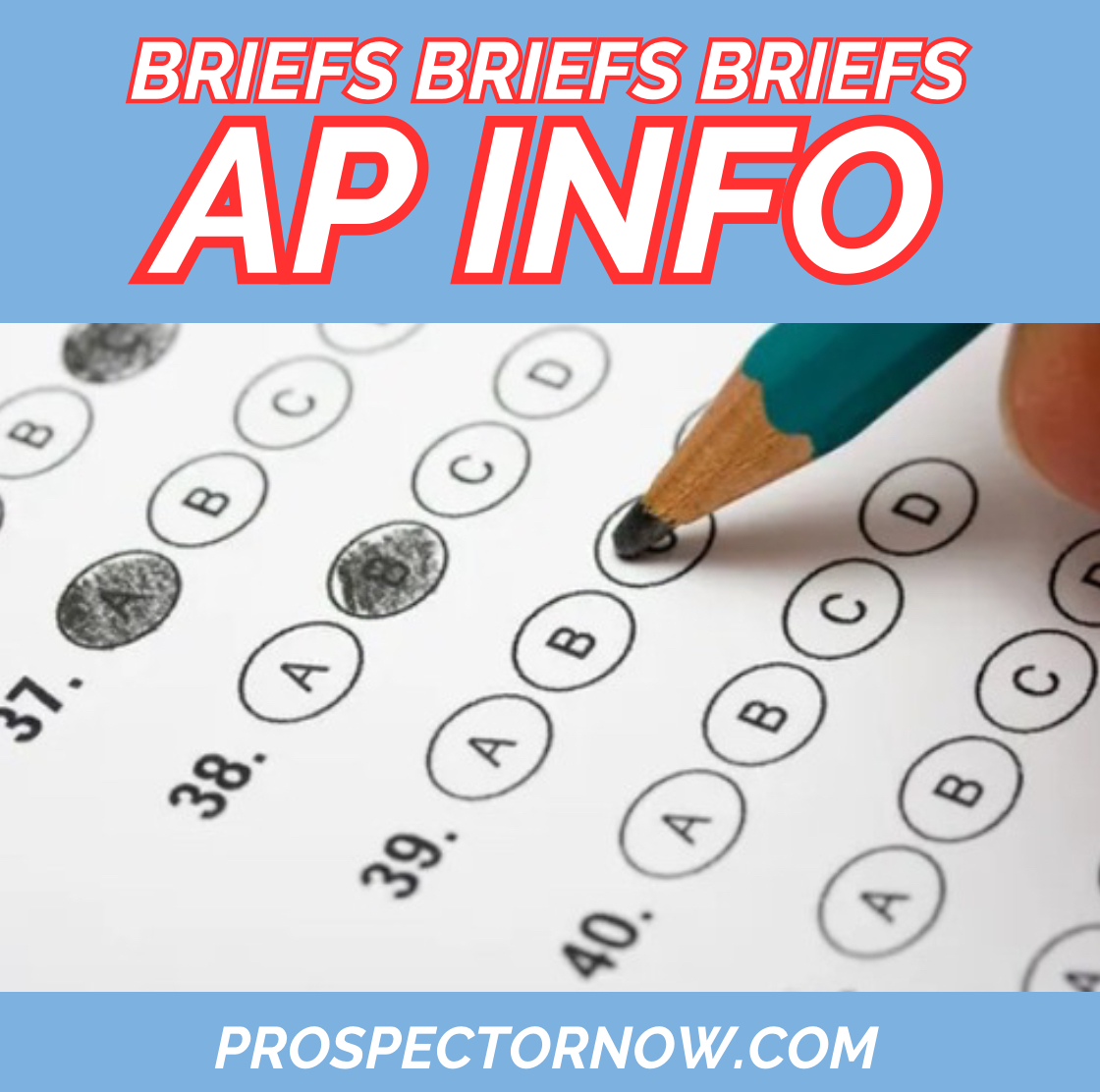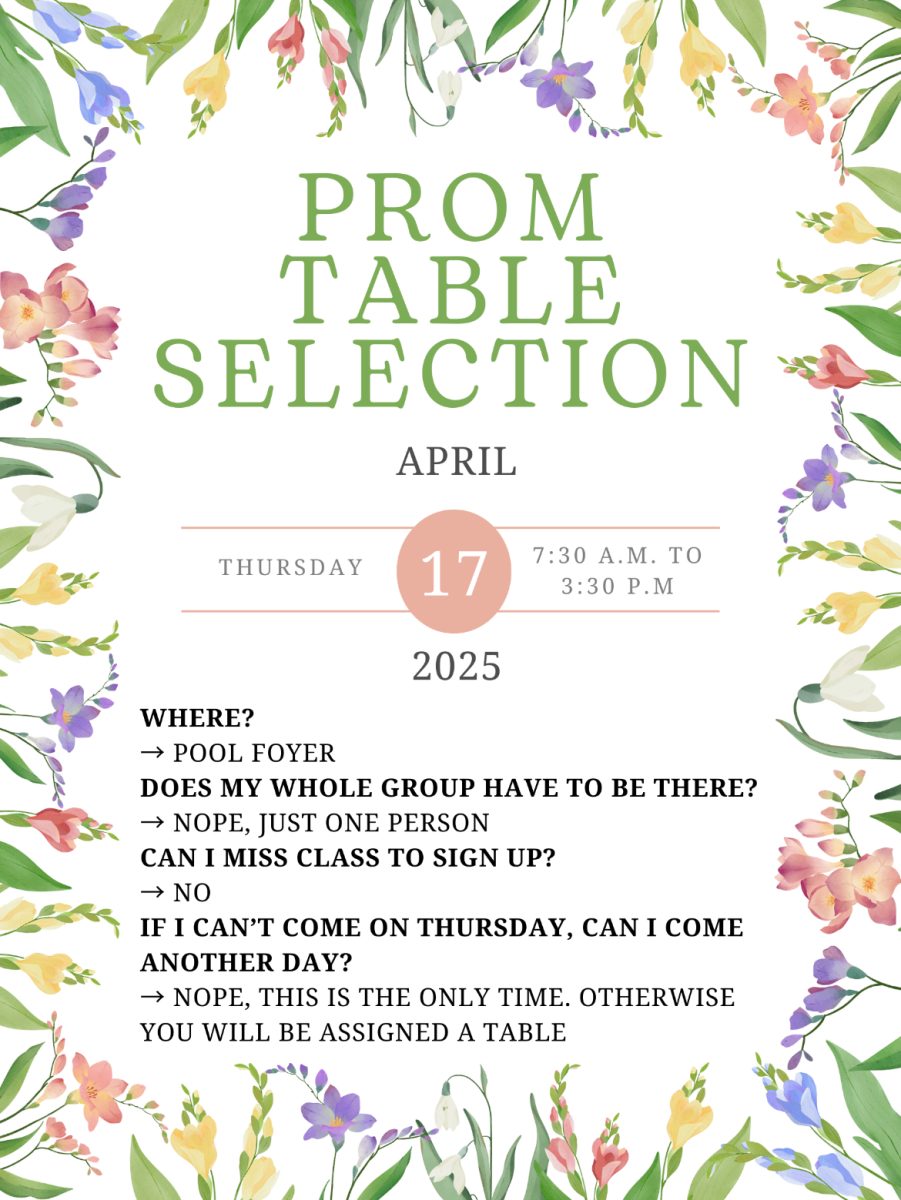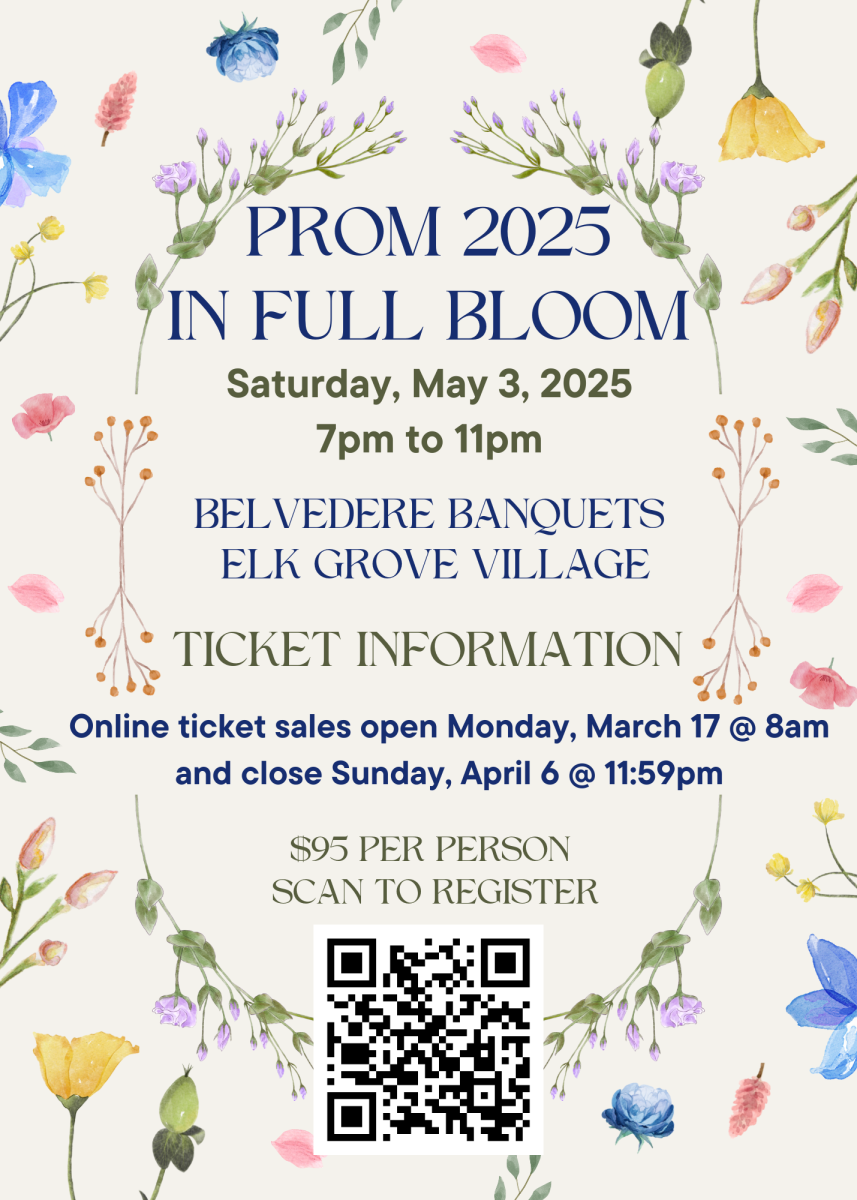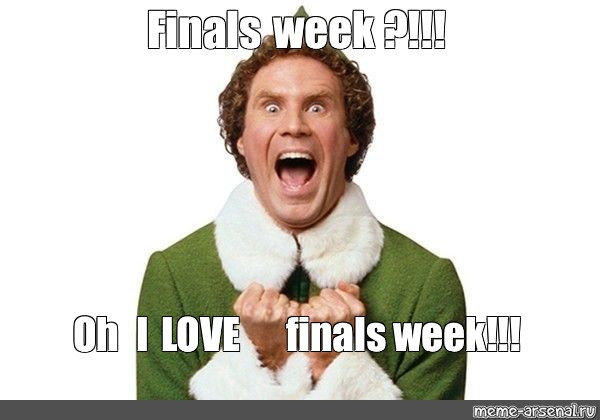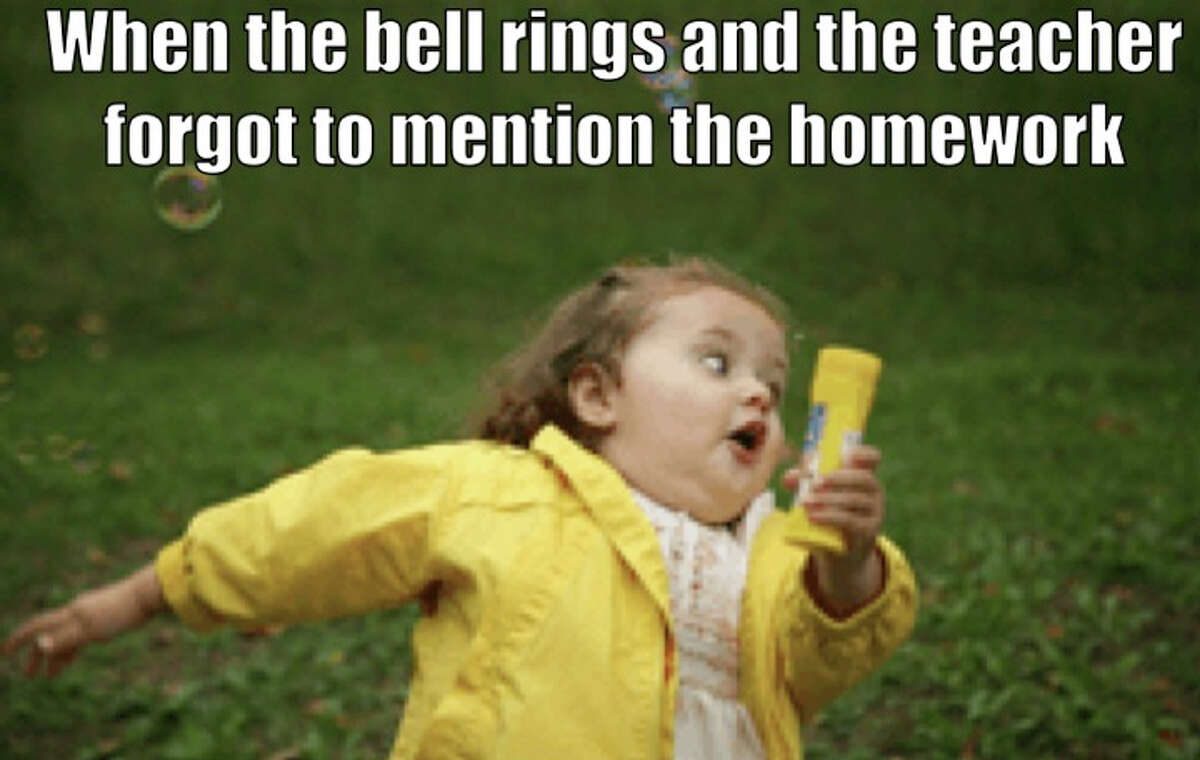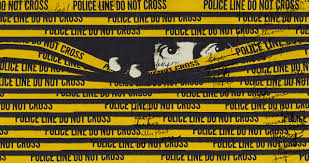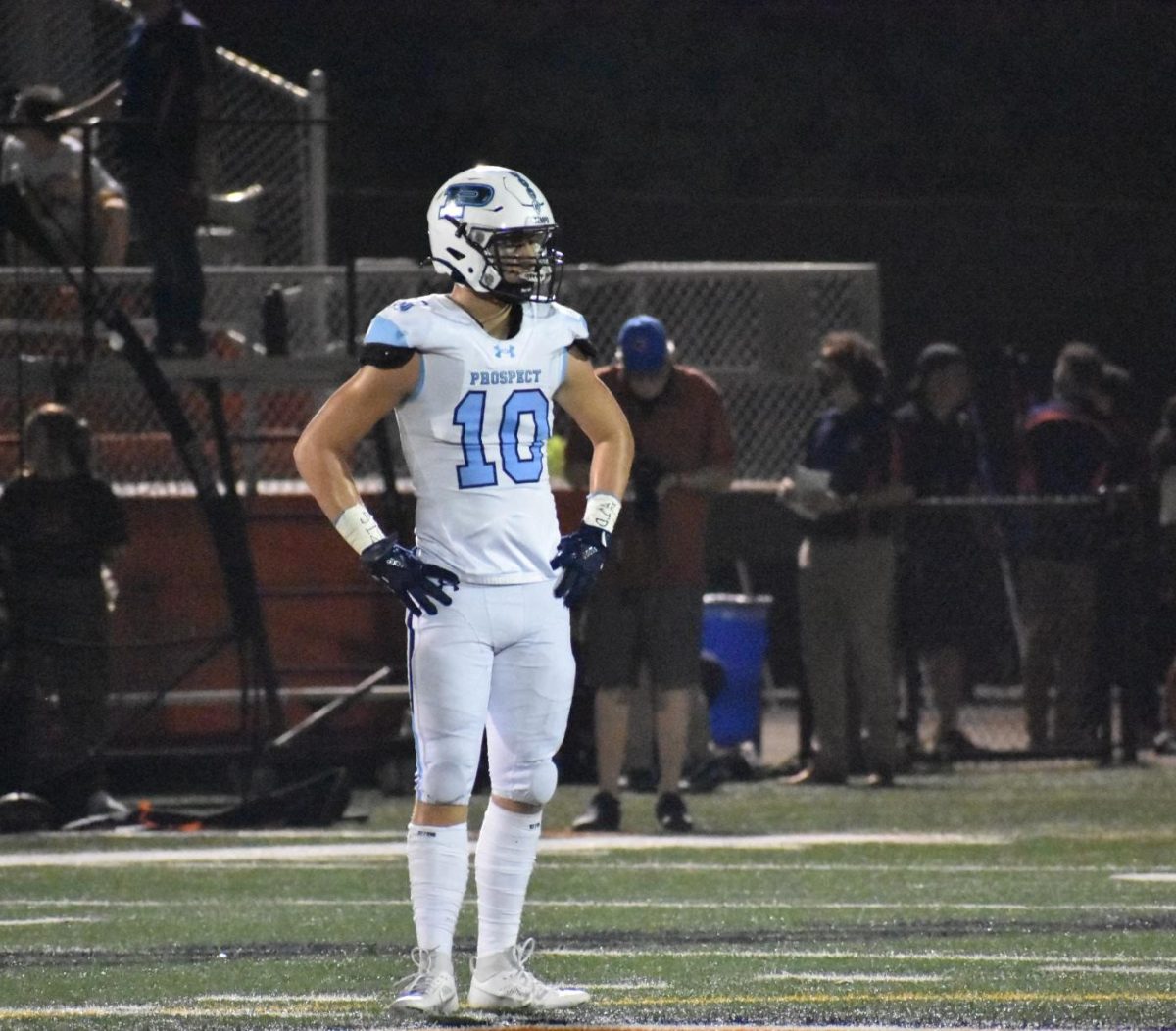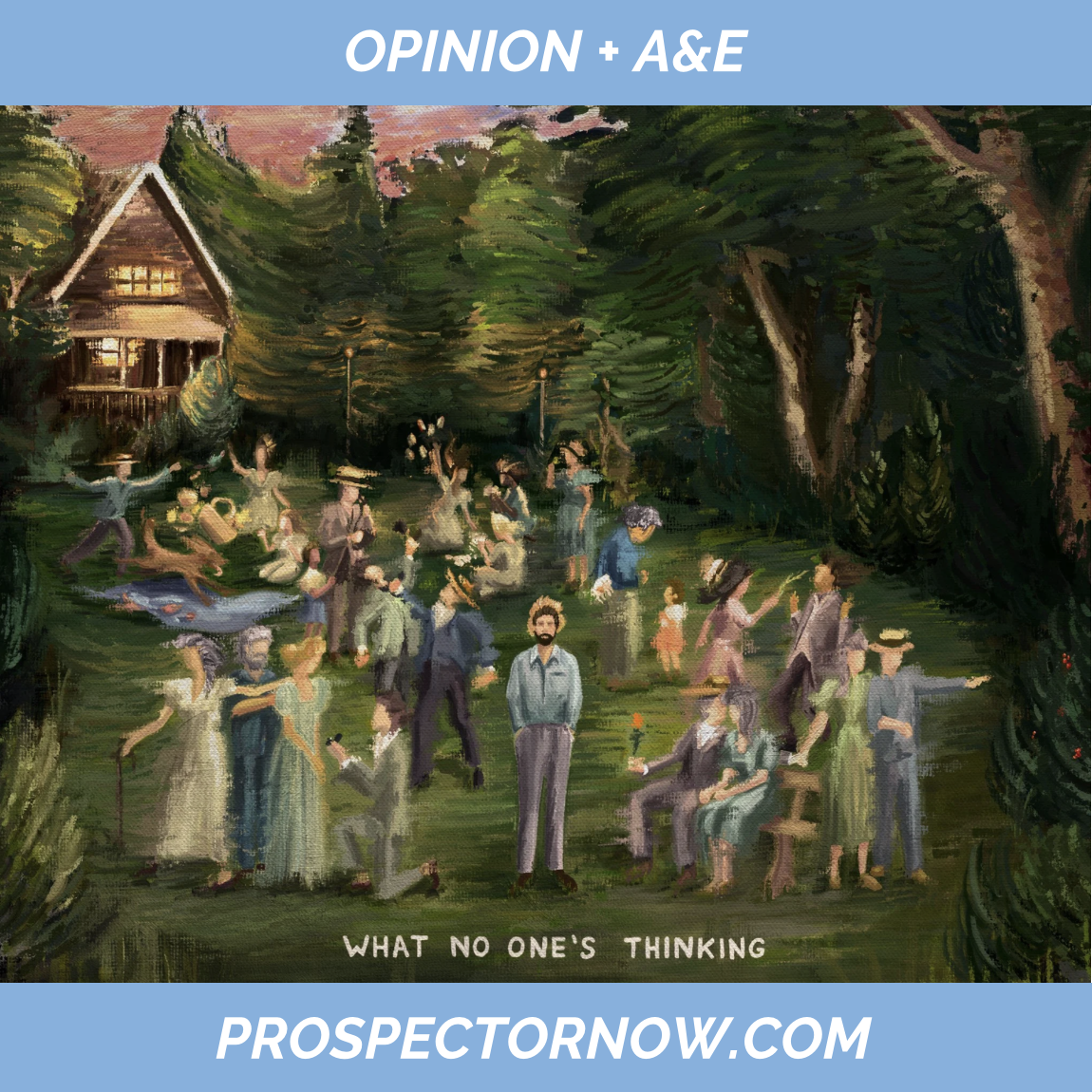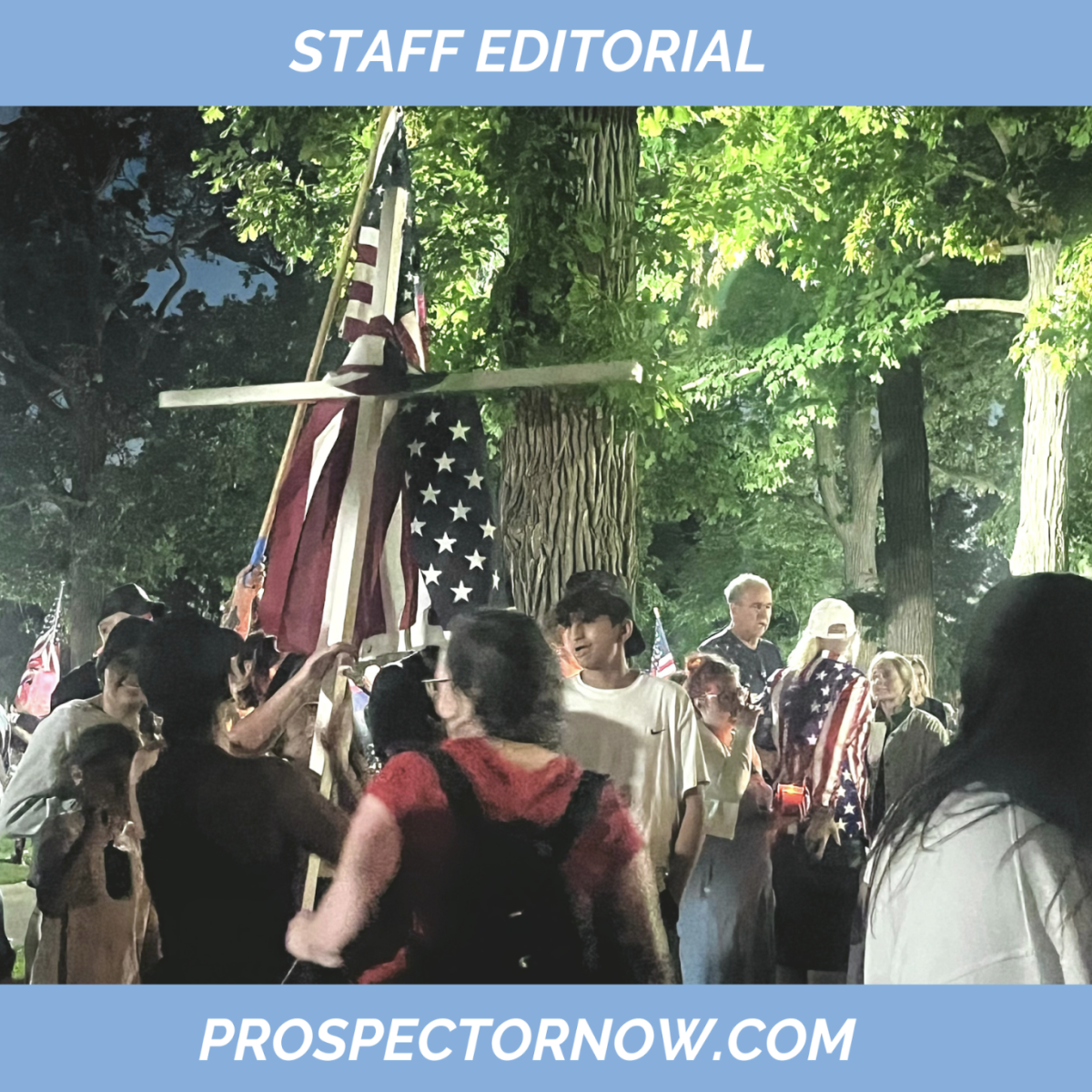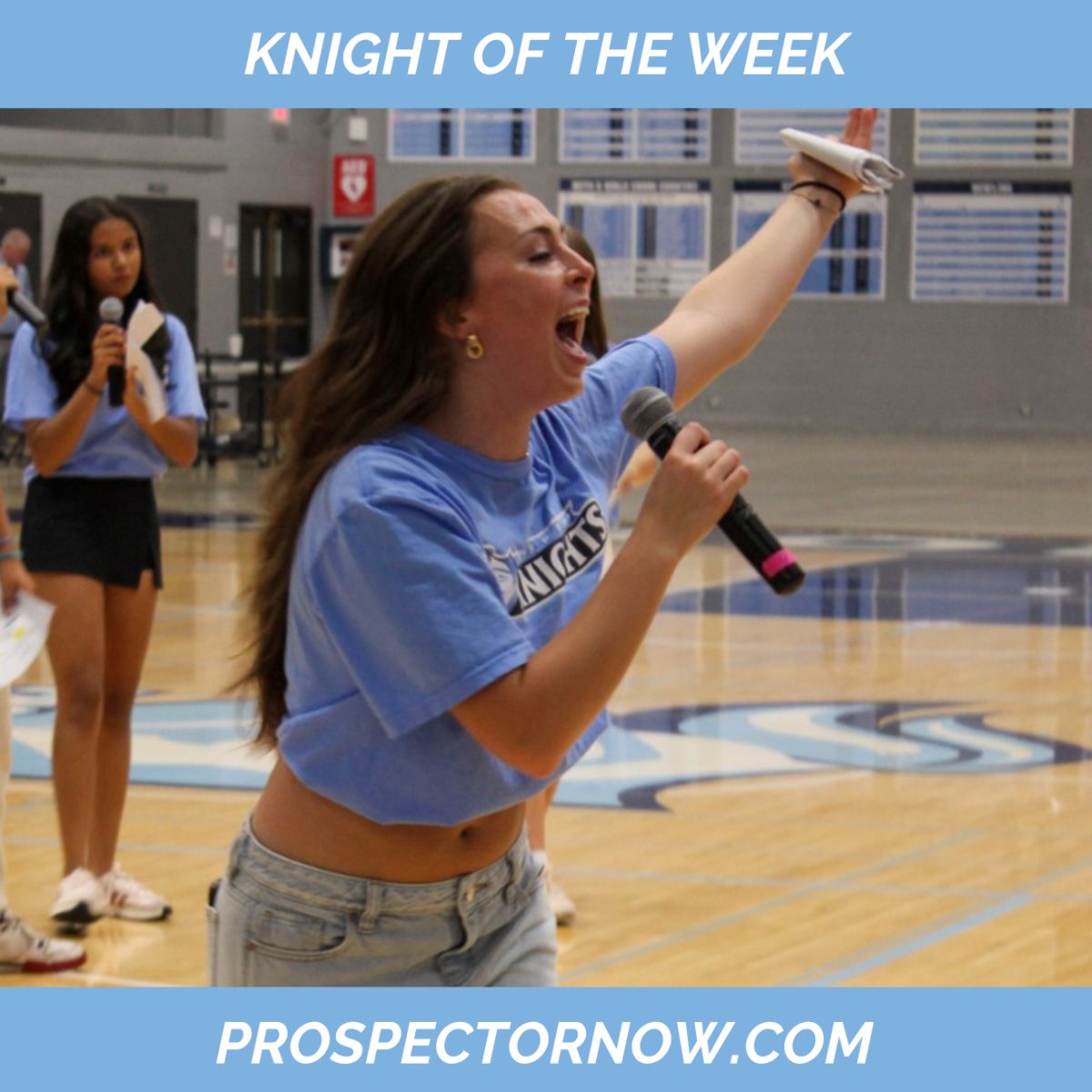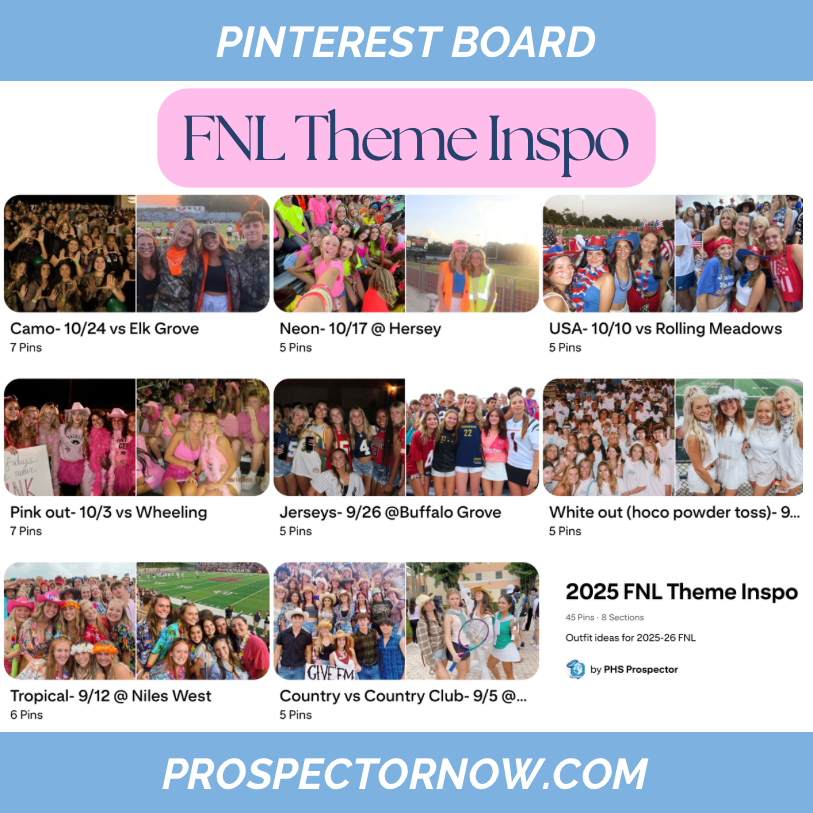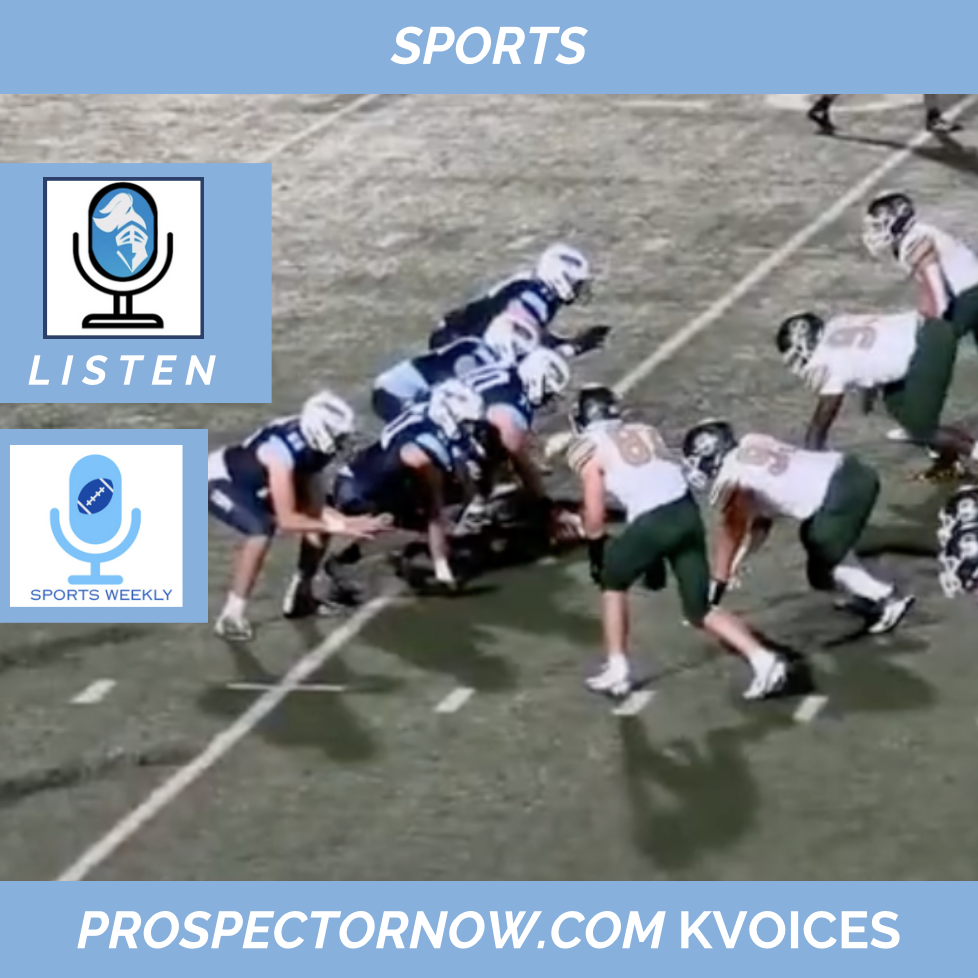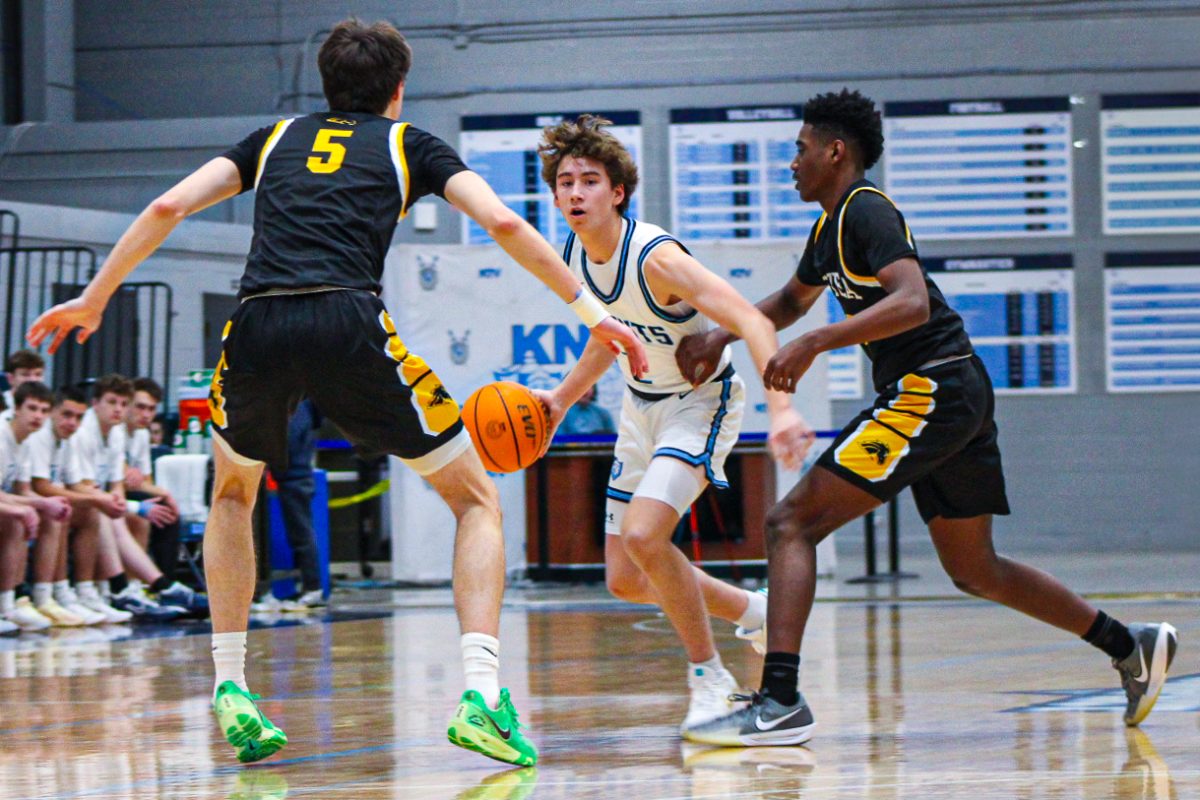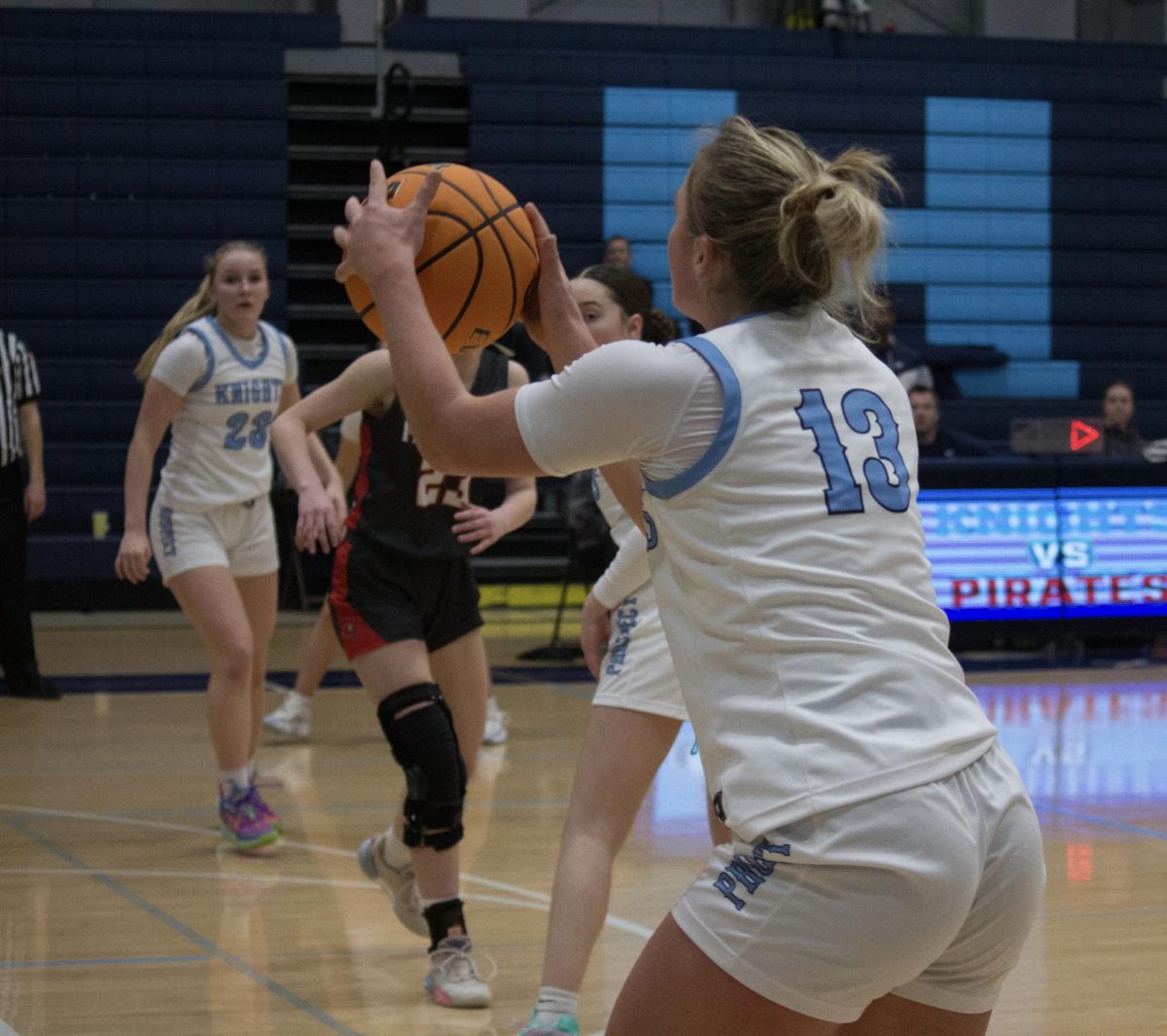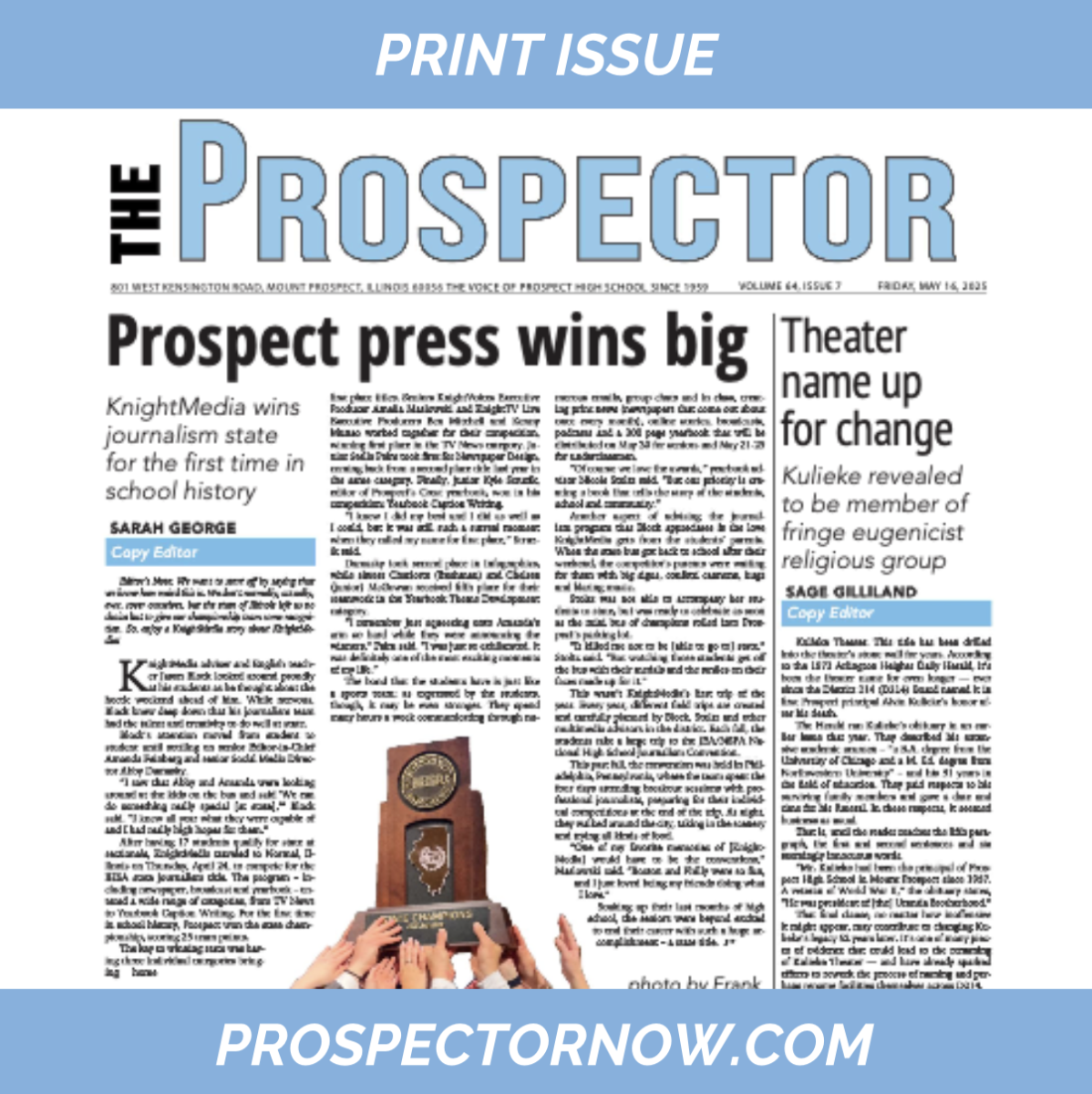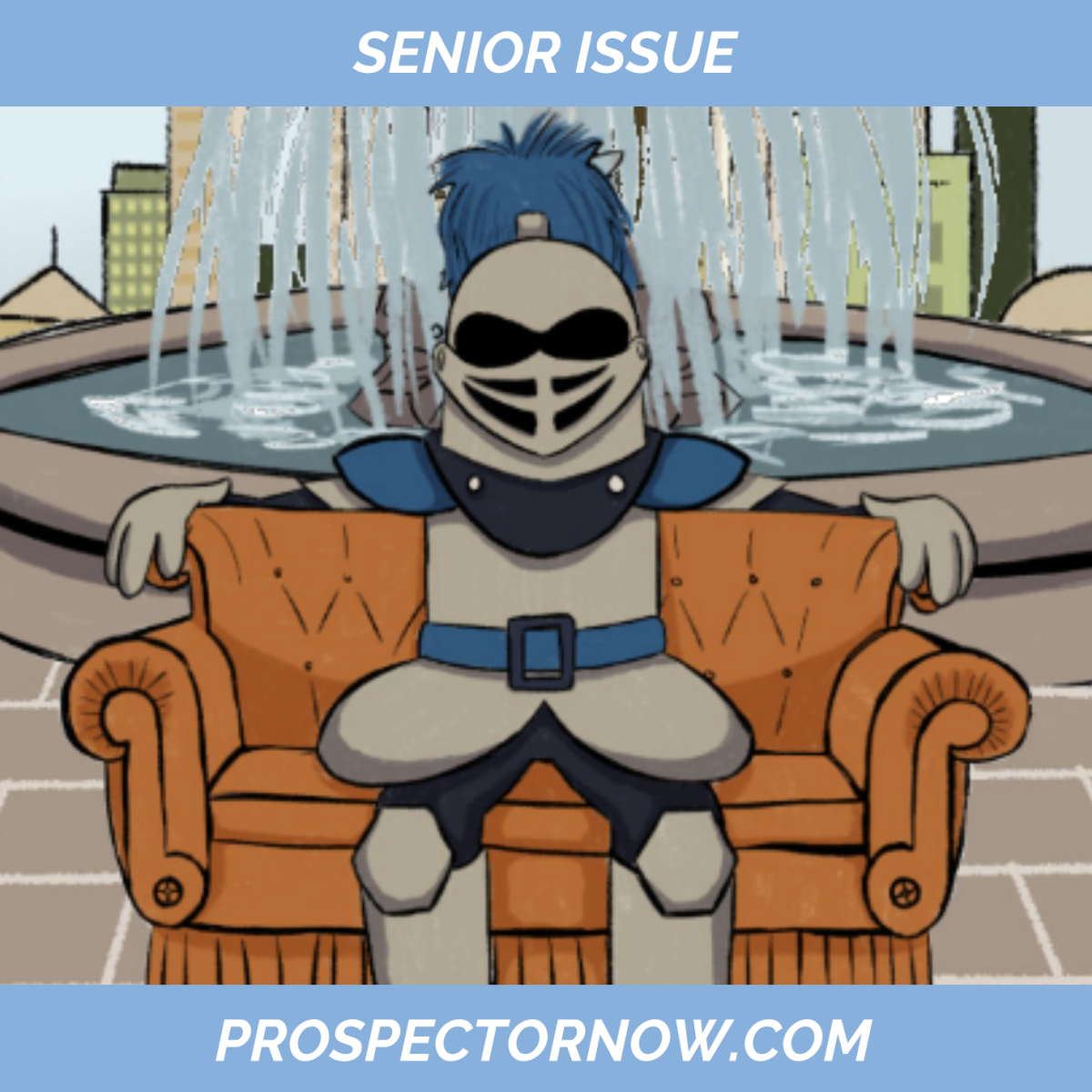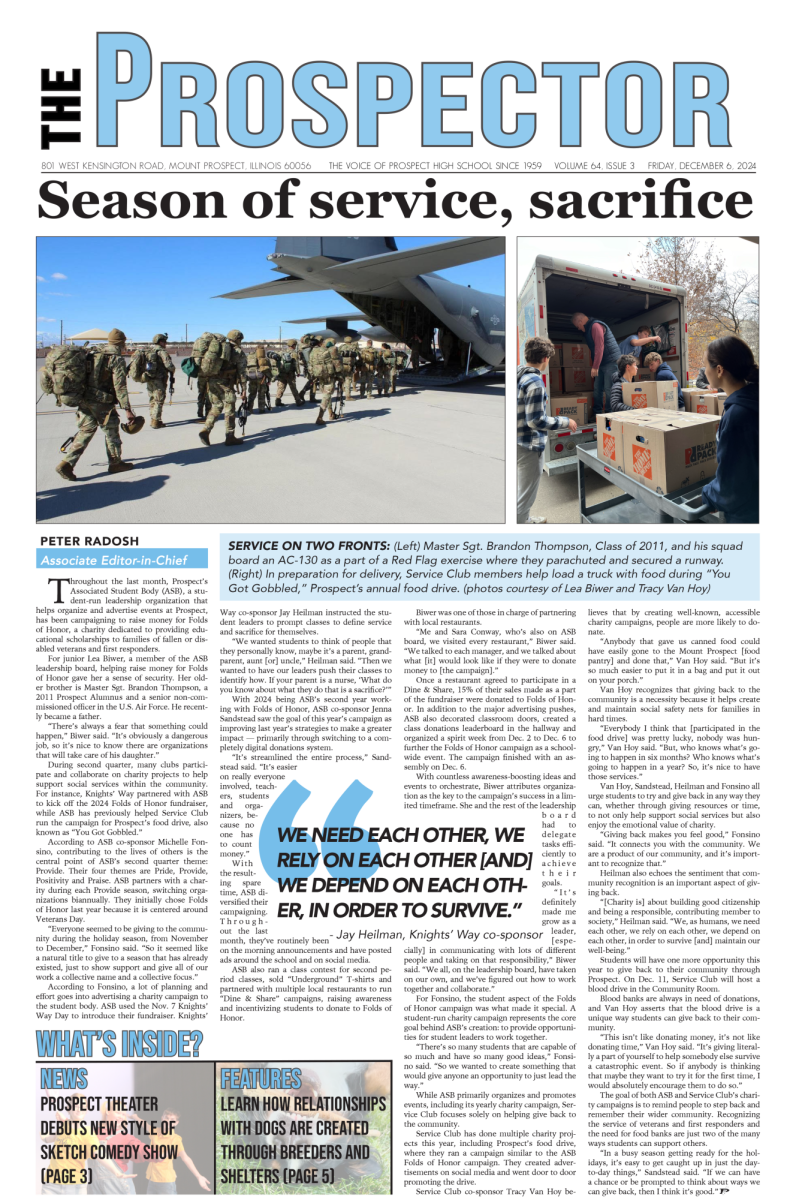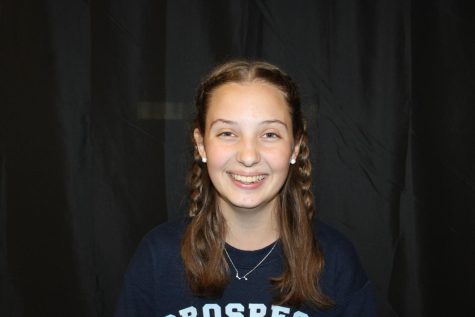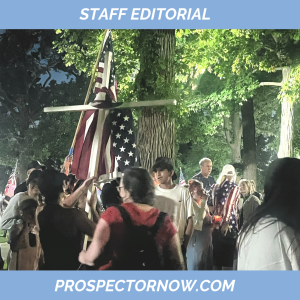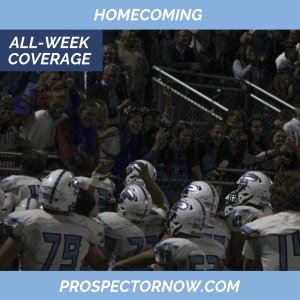Dyslexia shifts learning, life
April 12, 2023
(see Issue 6, Page 5 of the Prospector for accompanying column and story)
Sophomore Lily Cogan was nestled in the living room of her old house in 2012. As she watched TV, Bella Thorn’s voice rang through the speakers: “My name is Bella Thorn, and this the story of the time that I found out I had dyslexia.”
She wondered about having dyslexia as she listened to the story of the “Shake It Up!” star, but she didn’t think about the commercial much beyond that — that is, until the summer of fifth grade
Cogan began to notice that she was struggling to read at the same level as her peers. Though she didn’t completely understand what was happening at the time, Cogan was tested for dyslexia. In a span of four hours, she was assessed based on her ability to sound out common words and nonsensical phrases.
“I knew something wasn’t right because I was having a hard time,” Cogan said. “I [was] like, ‘I hope we find something so I can be normal; I want to be able to read like everyone else.’”
When she finally received a diagnosis of dyslexia, Cogan thought back to Thorn’s commercial as the pieces fell into place.
“It made me feel better that a celebrity was going through it,” Cogan said. “It’s always nice knowing like, ‘You’re not the only one going through this.’ I loved [Thorn]. It was nice seeing someone that you adore have something that you have also.”
Cogan believes that increased representation of dyslexic teenagers — like Thorn in her commercial — is vital to normalizing it. Dyslexia largely impacts a person’s ability to read, write and spell, and about 14 percent of the school-aged population nationwide have been diagnosed with the learning disorder, according to the International Dyslexia Association.
In tandem with representation, increased accessibility for those with visual disabilities is imperative. This is why, starting on Feb. 6, the U.S. State Department’s domestic offices, bureaus and posts overseas changed their official typeface from Times New Roman to Calibri. The size of the font is yet to be determined, but it is likely to be between 14 and 16-point, according to David Berman, who privately advises on accessibility.
The State Department has used Times New Roman since February of 2004; however, the decorative, angular serifs (the little feet on many of the letters) of the classic font impede accessibility for readers with visual impairments, dyslexia, learning differences or those who use a Screen Reader or Optical Character Recognition technology.
Calibri, on the other hand, is Microsoft’s default font. This modern, sans serif font boasts subtle rounding on stems and corners, and its spacing lends itself to an easier, less jumbled read.
Though Cogan doesn’t notice major problems with fonts — with the exception of calligraphy and cursives — she believes that these strides are important to help afford dyslexic people equal access and opportunity.
“Maybe someone who doesn’t even know they have [dyslexia] is struggling with the font,” Cogan said. “They might not know why. Doing something that will help out everyone is what a government should do.”
All cases of dyslexia are unique, and various modes of support can benefit those with dyslexia differently: for Cogan, reading out loud proves problematic. Through tutoring and practice, her ability to do so has strengthened, but letters within long words still get flipped around. Letters that have similar stature like m, n, d, b, p and q are also largely interchangeable for Cogan when reading.
“It’s like the letters were put into a hat, jumbled up and put on the table,” Cogan said. “Then, they said, ‘Read it; figure out what that word [means].’”
Graphic Arts teacher Andre Poisson also has dyslexia. He finds that mixtures between cursive and block fonts get tricky; however, on their own, they are easily differentiated. While this can prove difficult while reading certain billboards, he says that the confusion can be circumvented by effective marketing.
Iconic fonts that have instant brand recognition — like the Netflix logo or the swooping, white Coca-Cola font — are easily discernible due to their cultural relevance. Poisson says that he doesn’t have to read brand names like these, which is exactly what a marketing team should aim for when selecting a font: recognizability.
These easily digestible fonts are also utilized in universal messaging devices, including road signs’ use of Highway Gothic. Road signs have less flexibility: they typically err on the side of blocky, easy-to-read text.
Beyond the scope of advertisements and designers making conscientious font designs to optimize readability, many people with dyslexia also take matters into their own hands.
For example, shortly after her initial diagnosis in fifth grade, Cogan began attending specialized classes. Though she missed a handful of history lessons in order to receive bolstered reading support, she says missing out on learning the state capitals was well worth it.
Additionally, Cogan receives test-taking accommodations: extra time is provided on assessments, an answer is removed on multiple choice tests and PSAT tests are delivered orally from a computer. While she was initially embarrassed to use these accommodations, she no longer hesitates to use the tools she needs, especially if they are the difference between earning an A or a B.
“I’m glad that I did that because I’m excelling in school now,” Cogan said. “I wasn’t frustrated with myself anymore; I wasn’t mad that I couldn’t do what everyone else was doing.”
The support of Cogan’s tutor — who she found through connections in her neighborhood — also helped guide her. Together, Cogan and her tutor write, work on vocab words and read pages of books on repeat to help her process combinations of words and information. Cogan credits her tutor with her academic success and her placement in Advanced Placement Courses like AP World History.
At home, Cogan’s entire family has supported her, too: her mom, who is a fifth grade teacher, used her innate understanding of the coursework to support her daughter academically; her dad read hand-me-down books to Cogan at night; her grandma always cheered Cogan up by expressing her pride with simple hugs.
Through these various avenues of support, Cogan says she has become more and more comfortable with her dyslexia.
“Being ashamed of it made it worse,” Cogan said. “Being OK with it, I don’t even notice it that much anymore. I know it’s there, but it doesn’t bother me anymore.”
Though she is no longer ashamed of having dyslexia, it still brings about many challenges. Whenever Cogan is struggling — whether it be academically or otherwise — she looks perpendicularly across from her bed at the delicate black and silver frame situated on her gray wall. Inside of this frame, contrasting the pink accents of her room, is a letter addressed from her great uncle, who shared similar symptoms of dyslexia.
“It’s nice because I know I’m not the only one struggling with [dyslexia],” Cogan said. “The way he words things … you can feel a weight lifted off my shoulders when I read it … I look at it like, ‘Someone is proud of me; I know I can get through anything.’”
While dyslexia undoubtedly creates complications, Cogan says she has unearthed several hidden “talents” that she believes come with it. Cogan may struggle with words, but she excels in visualization. So, when determining directions, she is able to visualize the destination and corresponding checkpoints in her mind, rather than reading street signs.
“When you grow up, you realize it’s OK to be different,” Cogan said. “When you’re younger, you want to be normal; you want to fit in with everyone else. But as I’m getting older and realizing that I excel in other things, it doesn’t bother me as much … I’m not ashamed of it anymore.”

